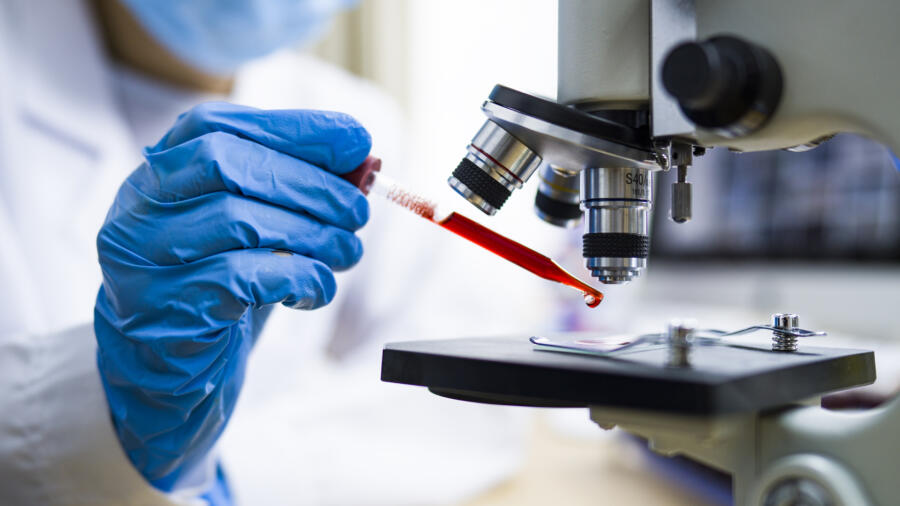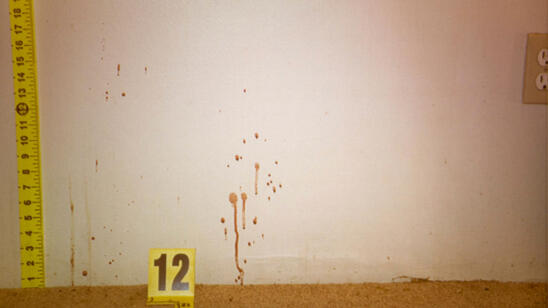Over the last few years, some commonly used forensic science disciplines have come under scrutiny by the U.S. Department of Justice. Federal reports from 2009 and 2016 revealed that some forensic methods, including latent fingerprint analysis and firearms identification methods, had not been scientifically assessed for accuracy.
Research has also shown that the conclusions of forensic scientists can be affected by unconscious biases, making it even more important that their methods are as error-free as possible.
Forensic science experts are currently working to address these and other issues by updating standards and using new tools.
Improving forensic science involves multiple challenges, including time, cost and the difficulty of reaching agreements on guidelines for each discipline. But legal experts agree that overcoming these hurdles is important. Forensic science is a cornerstone of the criminal justice system, and fixing identified issues will help guard against miscarriages of justice.
Developing New Standards in Forensic Science
In 2014, the National Institute of Standards & Technology established the Organization of Scientific Area Committees (OSAC). OSAC’s goal is to develop and promote standards and guidelines for different fields within forensic science, such as latent print analysis and bloodstain pattern analysis.
[Watch episodes of American Justice in the A&E App.]
Guidelines are also being set up for DNA testing. Analyzing DNA from a single-source sample, or from a simple mixture containing two sources of DNA (as in a rape kit) is scientifically straightforward. DNA analysis of complex mixtures—made up of DNA samples from multiple people in unknown proportions—requires experts to interpret the results. Analysts can disagree on conclusions in such cases.
The OSAC Registry lists published standards, which are considered fully developed after going through a review-and-comment process. The registry also includes proposed standards, which are there to provide interim guidelines.
“The standards development process takes a great deal of time,” Peter Valentin, senior lecturer for the forensic science department at the University of New Haven and a member of OSAC’s Bloodstain Pattern Subcommittee, tells A&E True Crime. “When you bring people with different backgrounds, different perspectives, into the same room and you tell us all to develop one standard that we can all agree on, it’s really difficult. Sometimes it can be contentious.”
The OSAC website also identifies areas in forensic science that would benefit from more research. Valentin says graduate students at his university engage in high-level research about the “foundational assumptions about forensic disciplines.”
Addressing Bias in Forensic Science Results
The impact of unconscious bias is a serious concern in forensic science.
“If you work for a laboratory where your primary clients are police departments, could you see yourself as being aligned with law enforcement and therefore you have a predilection towards producing results that favor law enforcement’s perspective on a case?” Valentin asks.
Itiel Dror, a cognitive neuroscientist at University College London, has shown that results in forensic disciplines like fingerprint analysis and complex-mixture DNA analysis can be affected by unconscious biases. For example, Dror demonstrated that analysts were more likely to find a possible DNA link in a gang-rape case when told a specific person was a suspect.
“In forensics, we teach our scientists to follow the science, wherever it leads,” Jennifer Shen, retired director of the San Diego Police Department Crime Laboratory, tells A&E True Crime. “Often we attempt to shield the analysts from information that could implicitly bias the results.”
OSAC standards are trying to address the role of bias in forensic science.
The Forensic Science Standards Board has a Human Factors Task Group that takes things like cognitive bias into account when setting standards.
Software may offer another way to combat bias.
The Center for Statistics and Applications in Forensic Evidence (CSAFE) input 3D-scanned bullet images and information about whether the bullets were fired from the same or a different gun into a machine-learning algorithm. This resulted in software that assessed how likely it was that bullets had been fired by the same gun. CSAFE also offers open-source software that can be used on handwriting, latent prints and more.
However, machines may not be the sole answer.
“As much as we want to automate things, I don’t think anybody would be comfortable with a machine making a decision in a criminal case,” Valentin says. “We want human eyes to ultimately make the decision.”
Putting New Standards Into Practice
Money can affect a crime lab’s ability to improve.
“Forensic laboratories face funding difficulties, which can lead to difficulties in standardizing techniques,” says Shen. “Generally, this is most prevalent in areas requiring expensive equipment, arduous training and the ability to keep up with the ever-evolving science. DNA and toxicology are good examples, as they both require a significant influx of funding to stay on the cutting edge of technology.”
However, Shen adds, “There are grant-funding streams to assist laboratories.”
Some crime labs have already agreed to implement OSAC’s guidelines. As more labs follow suit, pressure may build for others to use these standards. Currently there is no mandate for labs to adopt OSAC standards.
As disciplines change, Shen says, “Analysts who work in fields no longer supported [can be] trained in other forensic specialties. In San Diego, document examiners were retrained as forensic technology analysts.”
Yet Valentin acknowledges that reeducating may not be for everyone currently in the profession.
“You have to recognize that perhaps all the people who are engaged in the field shouldn’t continue to do this work,” Valentin says. “And if they’re not willing to retrain or demonstrate proficiency or continuing education, then should they continue to do case work?”
OSAC continues to publish standards, albeit slowly.
“I started with OSAC in 2015. It’s now 2022, and we are still working on documents that existed already in 2015. And all we’re trying to do is revise them,” Valentin says.
But the slow process is necessary and intentional.
In forensic science, we’re having the tough conversations,” Valentin says. “It’s a deliberative and slow process, but it needs to be so that we get this right.”
Related Features:
How Bloodstain Pattern Analysis Works and Why It’s So Controversial


